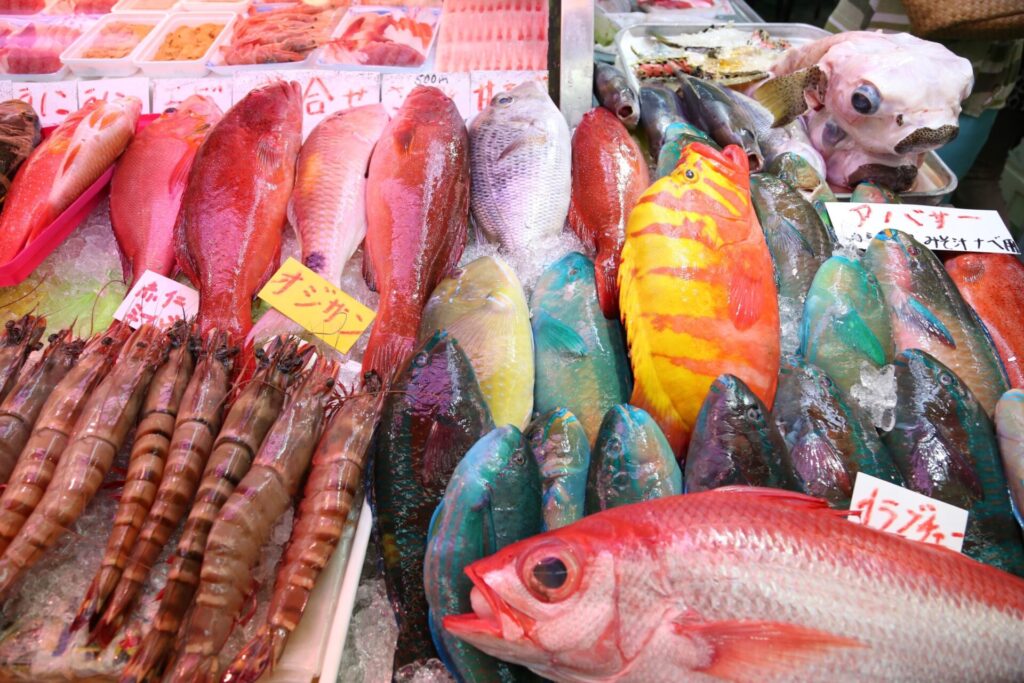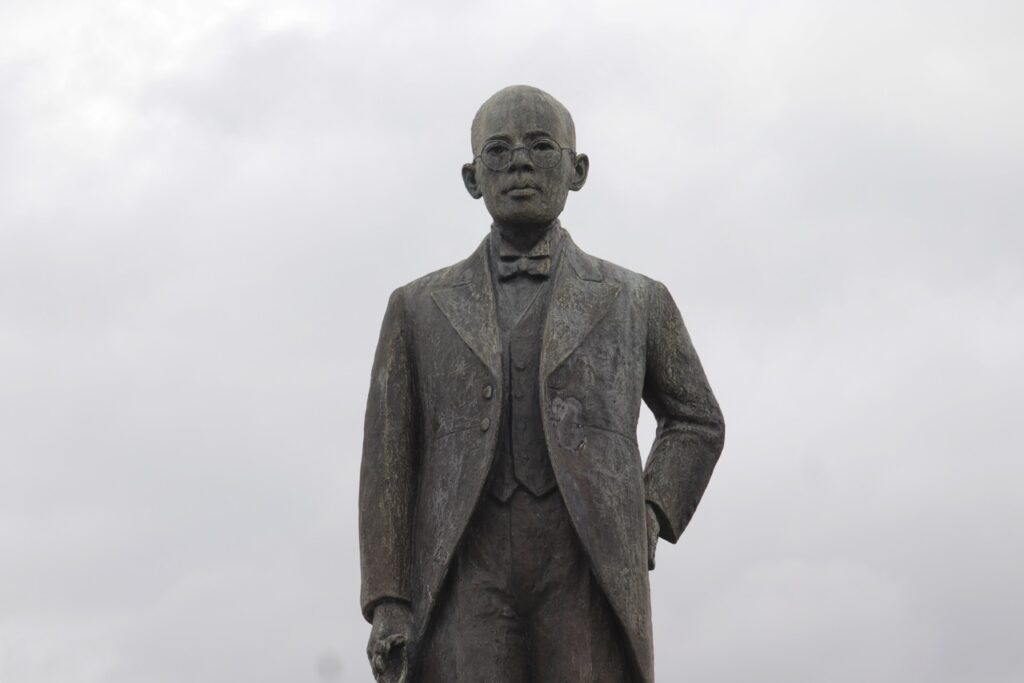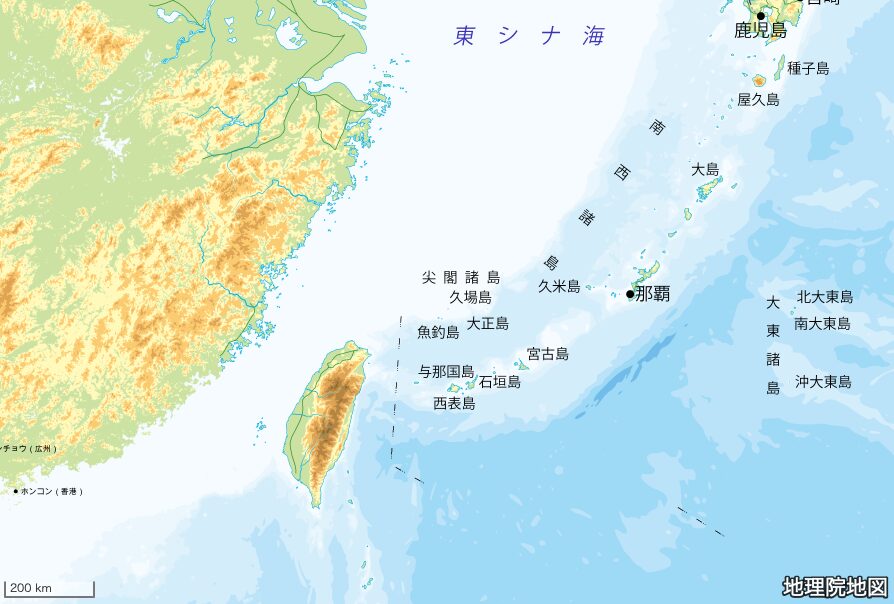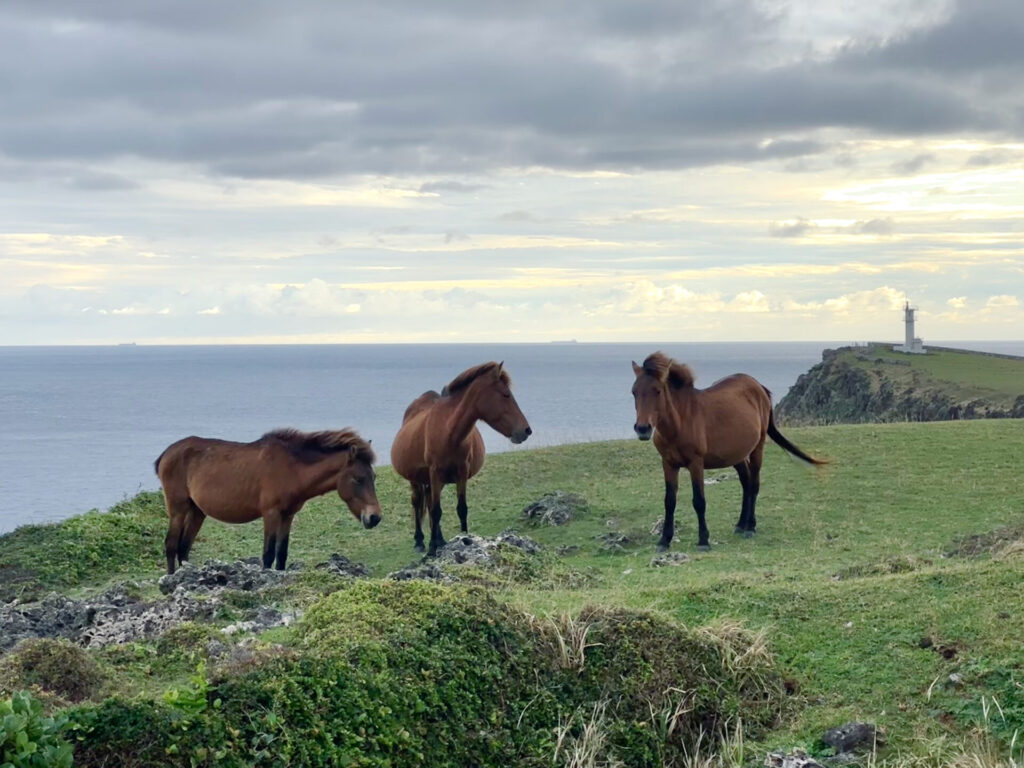Bull Fighting

Unlike Spanish bullfighting, in Okinawa, two bulls push each other around with their horns, while the seko (beater) sets them to fight. If the bull backs away, that’s a loss. It is nearly the same as bullfighting in Tokunoshima and Uwajima in Shikoku.
Despite the fact it was developed as entertainment in agricultural villages, it’s presently flourishing in central regions of the main island. Its popularity, which was declining over generations, seems to be reviving. Nearly 5000 spectators gather for competitions such as Zentou Tougyū Taikai, or Ishikawa All-Star Tougyū, along with a few but that is for some tourists.
Before the competitions, even local newspapers post prospects reports, and some bullfighting critics also exist.
The matches are named 1st of Shī1 or 2nd of Shī, etc…bulls as “Yukari Daiou Gou”2, “Maejima Doken Gou”3, or “Motobu Pōn Gou”4…the fighting techniques wari5, haradori6, motashekomi7, etc…whenever I see all these unique and daring names in newspaper articles, my heart gets full: now, this is Okinawa. As expected, watching a live match in a bullring has a tremendous impact. It’s also just fun to watch the age-old ojii cheer so frantically.
Editor’s Note:
- Defines the rank of the bulls.
- Great King Yukari.
- The name of a construction company.
- Pōn of Motobu.
- To aim between the horns.
- To aim the side.
- To put weight on the opponent.









































































































































































































































